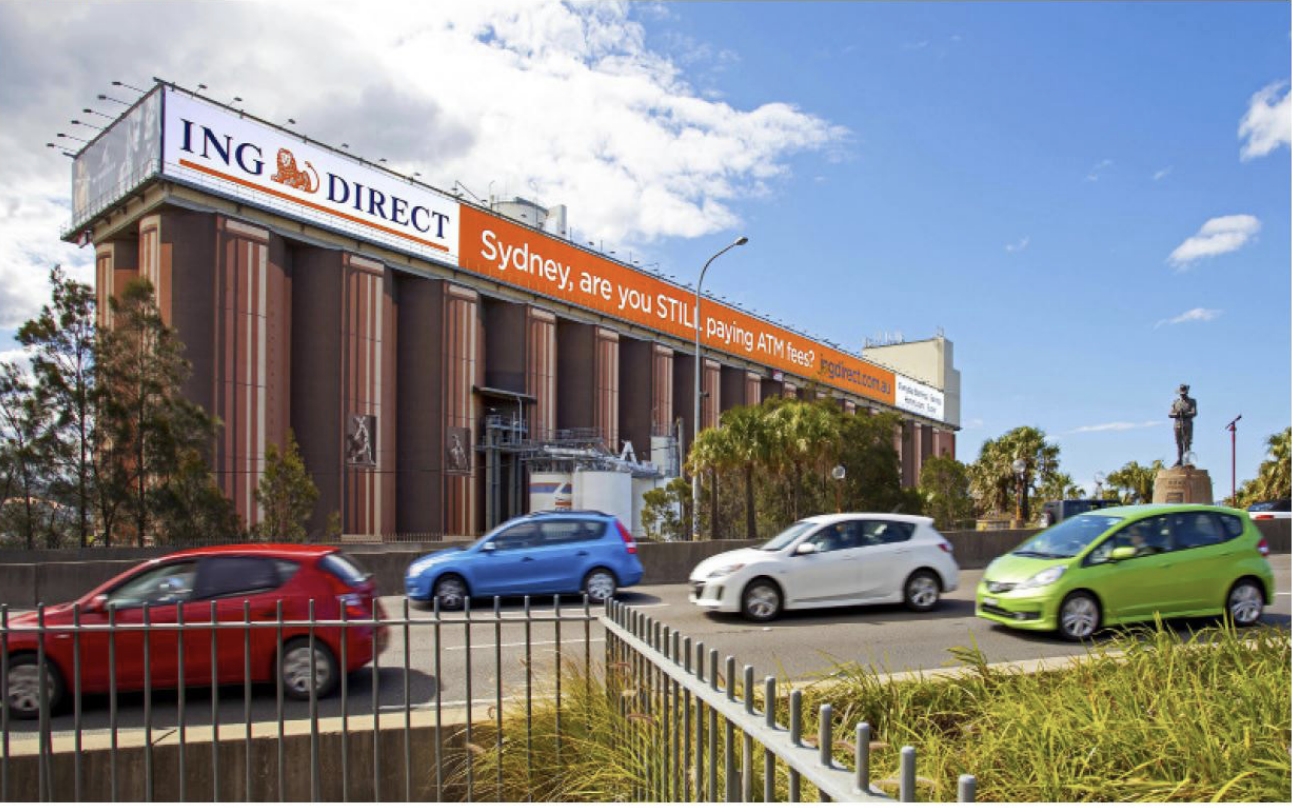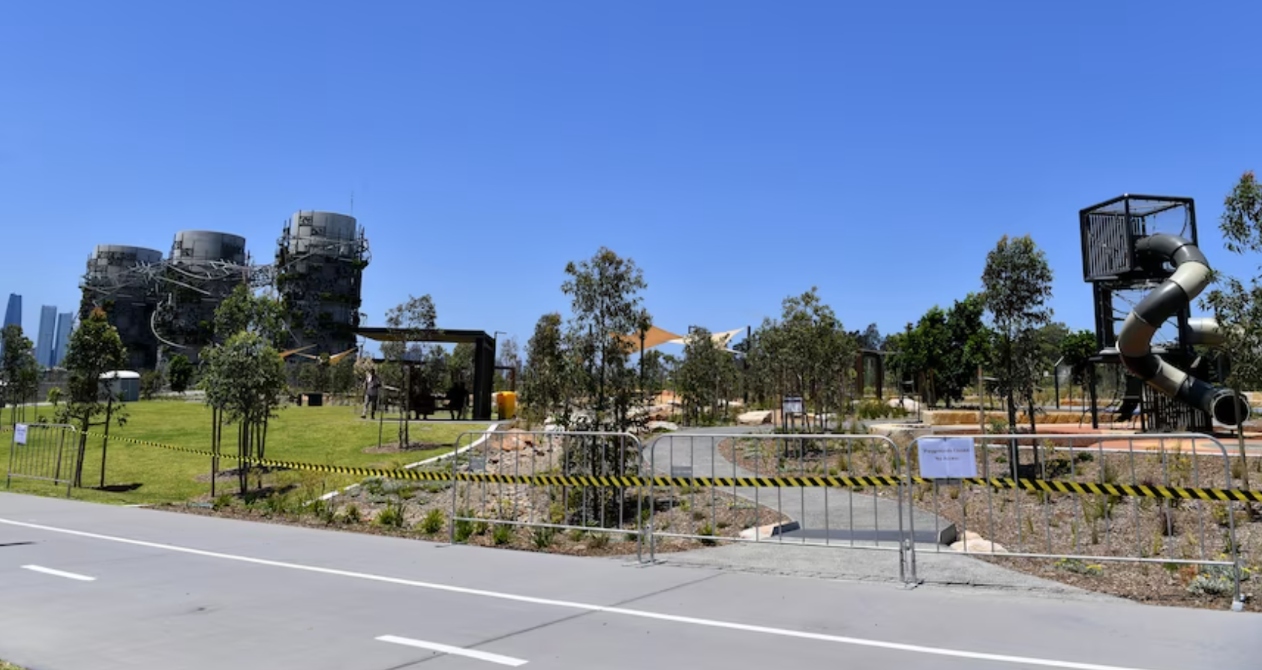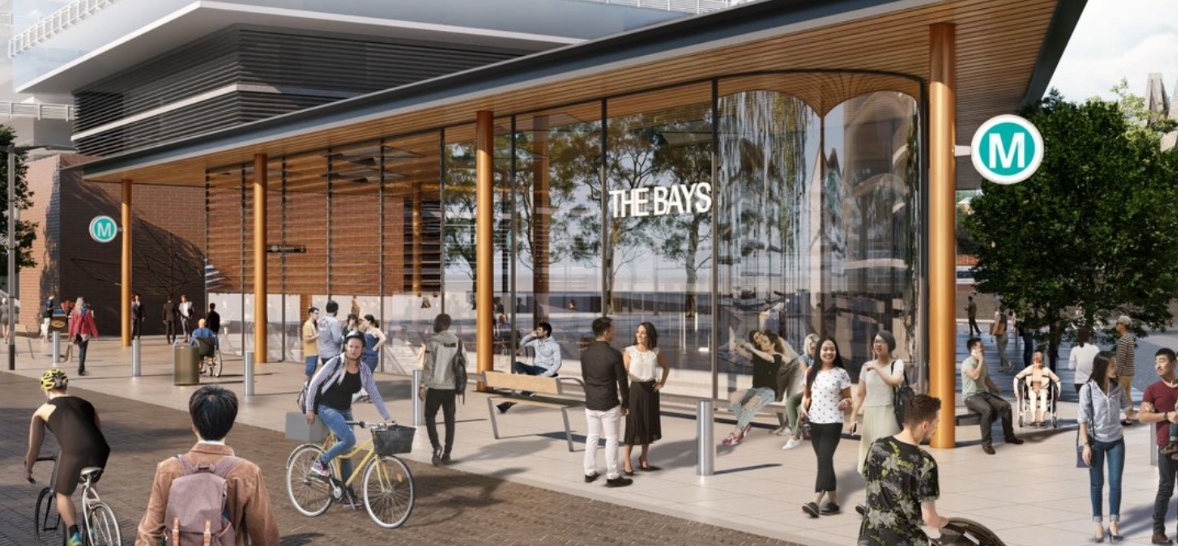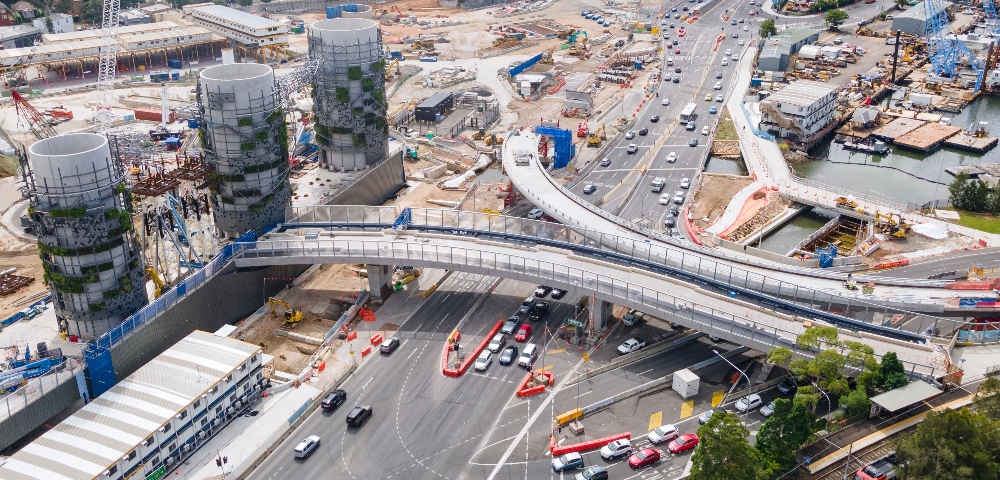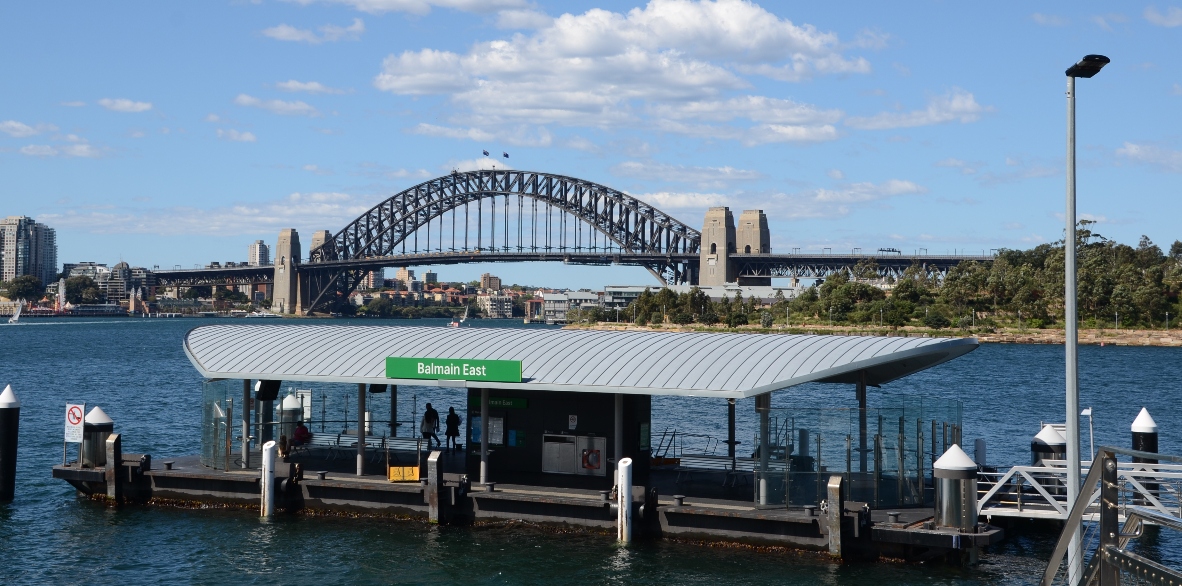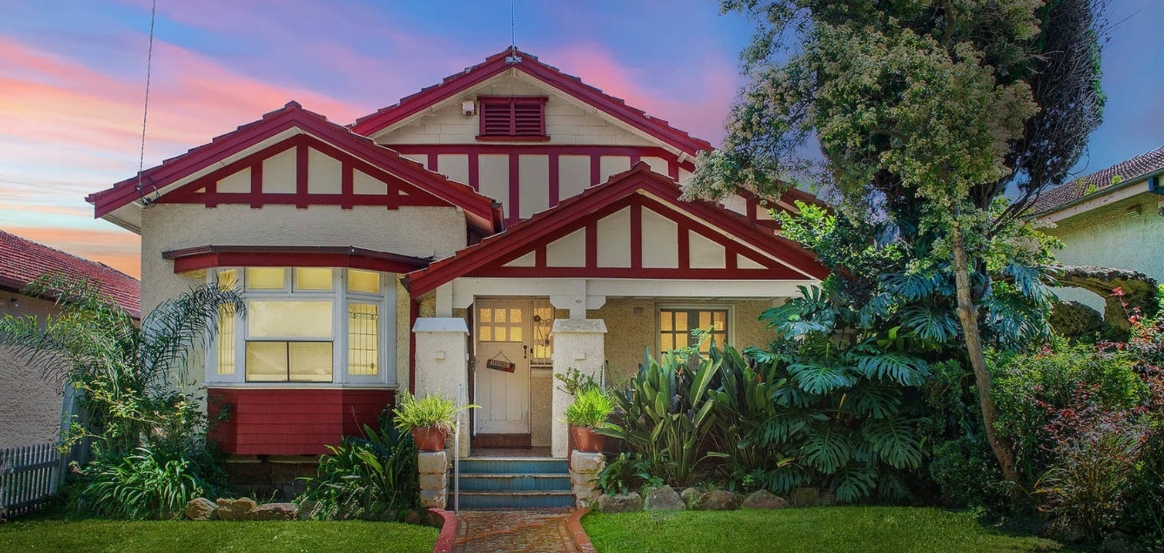By EVA BAXTER
Advertising company oOh!media is seeking approval for a ten-year consent term for the display of the existing advertising signage on the Glebe Island Silos.
Roof signage has existed on the Glebe Island Silos for 29 years from 1992 when the southern and western facades of the silos were decorated with an Olympic mural during the bidding process for the 2000 Sydney Olympic games.
The advertising structure remained on the silos, and a requirement to limit the display of advertising signage to a three-year period was adopted in December 2004.
In 2019 a DA was approved to extend the duration of the use of the Glebe Island Silos for advertising to a total of ten years, the maximum consent duration possible for a roof sign.
Consent to display advertising signage was granted to oOh!media in 2018 which will cease operation on the 11th of April 2022.
This introduced a 1am curfew for the illumination of the signage at night and implemented a public benefit offer to Inner West Council.
Eye Drive Sydney Pty Ltd, a subsidiary of oOh!media has lodged a development application (DA) with the DPIE seeking a ten-year consent term.
Silos in sight
Matt and his partner are residents of Glebe. Their apartment overlooks Rozelle Bay with the Glebe Island Silos visible from their balcony and bedroom.
“The silos themselves are fine, from what I understand they are heritage listed. However, the billboard atop the silos is incredibly obtrusive,” Matt told the Independent.
“What we essentially have is a 200m long advertisement aimed directly at our, and every other apartment/house along the bay.”
A condition outlined in the DA is the potential for developments undertaken in the future for the Draft Bays West Place Strategy, which considers maximising opportunities to “transform the Silos into an incredible landmark for the Precinct.”
Should residential or hotel development occur within the immediate vicinity of the silos during the 10-year consent duration, then the existing luminance of the signage can remain unchanged, but the curfew of the signage would be brought forward to 11pm at night (from 1am).
According to Matt, the signage is already too bright.
“The billboard is by far the brightest thing visible. It is significantly brighter than any lights coming from the ANZAC bridge.
“It is so bright that even with the blinds drawn my partner uses an eye mask to fall asleep,” said Matt.
Electrolight was commissioned to undertake a lighting impact assessment. The day time visual impact ratings for the views assessed vary from moderate to negligible.
The night time visual impact rating in Glebe was found to be moderate to high–moderate, and in Pyrmont the visual impact rating was found to be high-moderate.
“The existing signage has been in place for many years, and it could be determined that this plays a part in further reducing the visual dominance of the signage for surrounding users,” Electrolight said.
Annie Burgess is a Glebe resident, she told the Independent the advertising is her bedtime view.
“I love the advertising as it just feels very urban and that has its own excitement.
“But it would be great if the images were beautiful, evocative or inspiring, rather than simply loud, big or forceful.”
Negative light
Joni Freeman is a Forest Lodge resident and volunteers with the Animal Rescue Cooperative (ARC).
She told the Independent light pollution is having a negative impact on native bat species.
According to the Australasian bat society, bats are adversely affected by brightly lit areas at night, which can cause them to change their migration or feeding routes and be put at greater risk of death from predation by owls or cats, roadkill, flying into buildings or sheer exhaustion from being disoriented.
“The sign could still be illuminated, but in a lower light frequency that is less disruptive.
“Bat populations are under enough stress from climate change already, the least we can do is make our urban spaces more safe for them,” she said.
A pre-application meeting was held with planning officers of Inner West Council on Friday, 4th June this year.
Council officers were concerned that the signage may impact the heritage significance of the Glebe Island Silos and noted there is no dedicated heritage interpretation of the Glebe Island Silos and their setting.
It was agreed the general public needs to better understand the cultural significance of the Glebe Island Silos site.
The DA proposes the continuing of payments to Inner West Council of an annual monetary contribution of $125,000 each year of the consent duration.
The current contribution is used by Council to fund local heritage conservation projects.
Glebe Island Grain Terminal is a seminal site in the development of the bulk wheat storage and export industry in Australia. The silos, in particular, are the most visible and easily interpreted elements of that former use and form a powerful landmark.
“Personally, I think the sign should go. We are so exposed to advertising day to day, in all areas of our lives,” said Matt.
“It would be nice to look out our window or sit on the balcony without the view being obstructed by a campaign for Kayo or Pepsi or bourbon.”
January 22, 2024 |
Grace Johnson
January 16, 2024 |
Grace Johnson
January 13, 2024 |
City Hub Contributor
January 12, 2024 |
Grace Johnson
January 10, 2024 |
Grace Johnson
January 9, 2024 |
Jasmine Simmons

